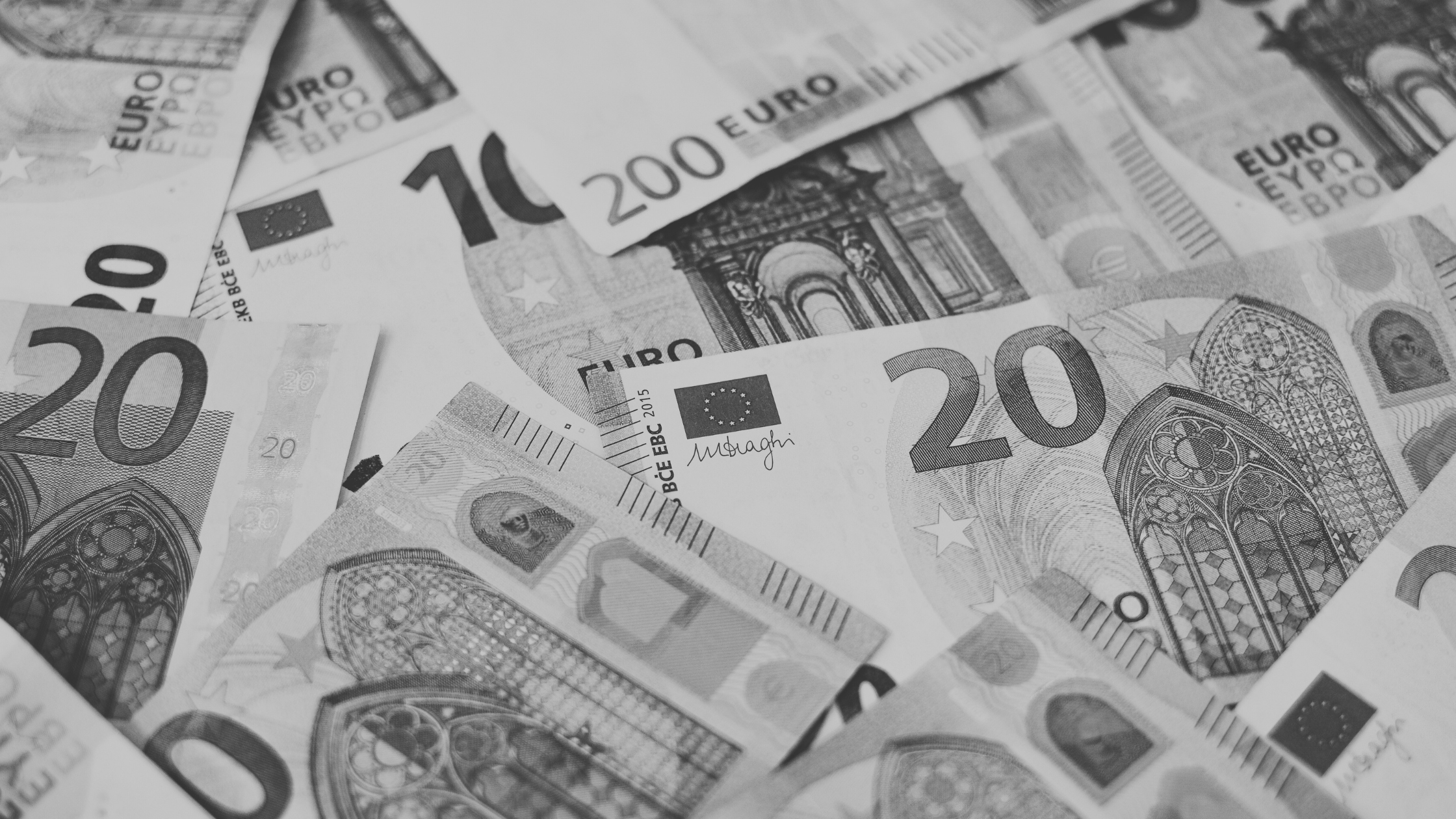The importance of compliance - about the former stock market star “E.”
Compliance has become one of the most important challenges for companies in recent years. The associated struggle to comply with rules, regulations and standards is often abstract. That is why we want to approach the topic in the context of an example from the business world. To do this, we will look at the history and business practices of the “E.” group, which was active in the energy sector.
The rise of “E.”
When “E.” was formed in the mid-1980s from the merger of two companies operating in the gas sector, the meteoric rise that followed could not have been foreseen. Initially, business activities were successively expanded. This was helped by the fact that most of the markets were highly deregulated. Soon, “E.” was not only operating gas pipelines, but also entered into trading with natural gas, coal, metals, water and even bad weather insurance. The business strategy was fully geared towards growth and generating the highest possible revenues. In 1999, the group achieved sales revenues of around 40 billion US dollars. One year later, it is said to have reached 100 billion US dollars. E.” celebrated itself modestly as the “greatest company in the world” and as a big player in the then trendy topic of e-commerce.
How “E.” was received by the media and the stock exchange
Not only the managers of “E.” had a high opinion of their own group. Numerous media – including renowned business magazines – also praised its innovative strength and awarded it several prizes. On the stock exchange, “E.” became a star and the darling of numerous analysts. The result was ever higher valuations. At the end of the year 2000, the shares of “E.” were quoted at over 80 US dollars. This was associated with a market capitalisation of more than 60 billion dollars. At that time, the valuation of “E.” shares corresponded to a price-earnings ratio of around 70. This was a multiple of comparable listed companies. However, many investors were sure that the projected high profit growth justified this valuation. It is true that the share price fell to below 40 US dollars in the summer of 2001 after the resignation of the CEO and unexpected loss reports from some of the group’s divisions. In August 2001, however, the share price of “E.” peaked at over 90 US dollars.
The deep fall of “E.”
At the beginning of December 2001, the shares of “E.” were only worth 0.26 US dollars. Anyone who had bought shares in the company at the highest price a few weeks earlier lost over 99 percent of their investment. But how did this crash come about? It all started with a whistleblower’s letter in mid-August 2001. Two months later, the company announced that it was adjusting its financial statements for the last few years downwards. On 21 October, the National Securities and Exchange Commission announced the need for an investigation. As a result of the quarrels, rating companies lowered the credit rating of “E.” Leading managers had to leave the company and the share price plummeted further. When the sale to a competitor failed at the end of November, the energy company filed for insolvency or creditor protection on 2nd December 2001.

The severe consequences
After an audit of the balance sheets of “E.”, it was revealed that debts with a volume of around 56 billion US dollars were hidden. The loss in stock market value amounted to 78 billion euros. Both private and institutional investors were the ones to suffer here. At the same time, more than 20,000 employees lost their jobs. Those of them who had invested in “E.” shares for their retirement were thus doubly affected. Several managers – up to the top management – received prison sentences of several years and had to pay damages. For the auditing agency commissioned by “E.” to audit the balance sheets, the case meant de facto the end. There were also political consequences: There was a tightening of the laws, although “E.” had also violated the law in this way.
That’s what went wrong with “E.
Was “E.” simply unlucky? After all, at the beginning of the 21st century, many companies suffered from the bursting of the so-called dotcom bubble. In the case of “E.”, however, the fall was self-inflicted. The following factors, among others, were responsible.
Inflated sales
Continued sales growth always goes down well on the stock market. This is exactly what “E.” apparently delivered. In fact, the group did a lot of business with its own subsidiaries. These were directly or indirectly under the control of the group or its management personnel. “E.” convinced the commissioned auditing agency that the subsidiaries located in tax havens did not appear in the consolidated financial statements.
Enrichment by managers
At “E.”, numerous employees seem to have enriched themselves. This already started with the lower and middle management. Company jets are said to have served as means of transport for private trips. According to media reports, self-service was even more brazen in higher management. According to these reports, a top manager forked out millions for himself in deals.
Aggressive to illegal valuations
When it came to valuations, “E.” initially acted aggressively and later even illegally. This was particularly evident in the “mark to market” accounting method used. In this context, the valuation of assets is supposed to be carried out with fair proceeds attainable on the market. However, those responsible deliberately use the method to pump up the asset side of the consolidated balance sheet as they see fit and to create the illusion of inflated valuations.
Artificial fake profits
Valuation tricks were not the only technique used to fake profits. For example, planned or agreed forward transactions were sometimes booked directly as income. At the same time, purchases of a similar nature were not recorded directly as expenses. This resulted in fictitious profits that had little to do with reality.
Lack of sustainability
“E.” aggressively rewarded managers with stock options who made aggressive trades. This was the case even if these were not in the group’s interest in the medium and long term and were not very sustainable. The remuneration was linked to the development of the share price of “E.”. Thus, higher sales and profits faked by accounting tricks indirectly meant more income or more valuable stock options.
Hidden debts
The four-digit number of subsidiaries served “E.” not only to inflate sales. Because there was no consolidation here, unattractive things could be hidden in the balance sheets that were not taken into account at group level. These included debts amounting to billions.
Did compliance regulations play no role in “E.”?
Looking at the “E.” case, the question inevitably arises whether there were no group-internal compliance regulations. In view of the multiple violations, these should have prevented at least some excesses. The fact is that “E.” had an extensive compliance system. There was a code of conduct (“Code of Ethics”) for each employee to sign. Furthermore, “E.” employed a compliance officer and had an ethics hotline for reporting wrongdoings. At that time, this was not a matter of course, even in large corporations.

That’s why: Compliance 2.0
At first glance, using the example of “E.”, it does not appear that compliance regulations work. Compliance with law and order in the narrow sense of the term is unquestionably desirable for the general public. It is even better if companies operate ethically and with integrity in the broader sense of the term. Does this work in practice? Yes! But then compliance agreements must not be lip service. Because that is what “E.” was ultimately about. Among other things, this is indicated by the fact that “E.” expressly refrained from making the “Code of Ethics” part of the employment contracts. More generally formulated: In order to be effective, a modern, comprehensive and systematic Compliance 2.0 is necessary.
Effective compliance thanks to professional support
One compliance stumbling block is undoubtedly the complexity of the issue. Instead of individual measures, economic practice requires a multitude of powerful instruments. Ideally, these should be coordinated and embedded in an agile system. However, most companies do not have the expertise to do this. Internally, this can often only be built up with great effort and at high cost. Therefore, especially for small and medium-sized enterprises, external help from partners specialised in compliance issues is usually necessary. These can offer proven solutions tailored to the situation of clients. One such compliance specialist and partner for companies is MCO Pythagoras Solutions. From modern IT tools to technical support to comprehensive compliance training, the Swiss company offers partners help here.
The use of compliance tools
MCO Pythagoras compliance tools provide you with the solutions you need to audit your business partners and ensure you meet regulatory requirements. With our KYC compliance solution, you can efficiently check your business partners and minimise risks. In addition, our flexible transaction plausibility analysis system provides comprehensive monitoring to identify suspicious activity at an early stage. Our learning AML software supports you in money laundering compliance by automatically identifying suspicious transactions and enabling you to act quickly and effectively.
Compliance investments pay off
Compliance is not an annoying evil. Rather, it is an opportunity for companies to generate attractive competitive advantages. Thus, through your compliance commitment, you not only reduce the risks that arise from avoiding legal disputes. Many companies, organisations and authorities have long since only commissioned companies with a functioning compliance system. Companies that do not deal with compliance issues thus do not get a chance to become relevant competitors here at all. At the same time, companies can improve their corporate image through professional compliance management. This improves the reputation with customers, suppliers and qualified employees.
A secure business future thanks to compliance
You can increase the chances of your company’s continued existence through compliance commitment. Let’s return to the example of “E.”. Its downfall has brought numerous companies associated with the group into existential difficulties and dragged them into the abyss. That this could have been avoided is proven by the example of the utility “V.”. This company planned a merger with “E.” in 1999. But a screening of “E.” initiated by “V.” led to the commissioned experts strongly advising against a merger. If you too want to secure the future of your company, compliance is thus an important building block. In doing so, you should invest in technology as well as in advice and expertise.
Share this
You May Also Like
These Related Stories

Danske Bank Scandal: Turning Point AML Compliance of Banking Sector

Politically Exposed Persons: Revelations of the Panama Papers

